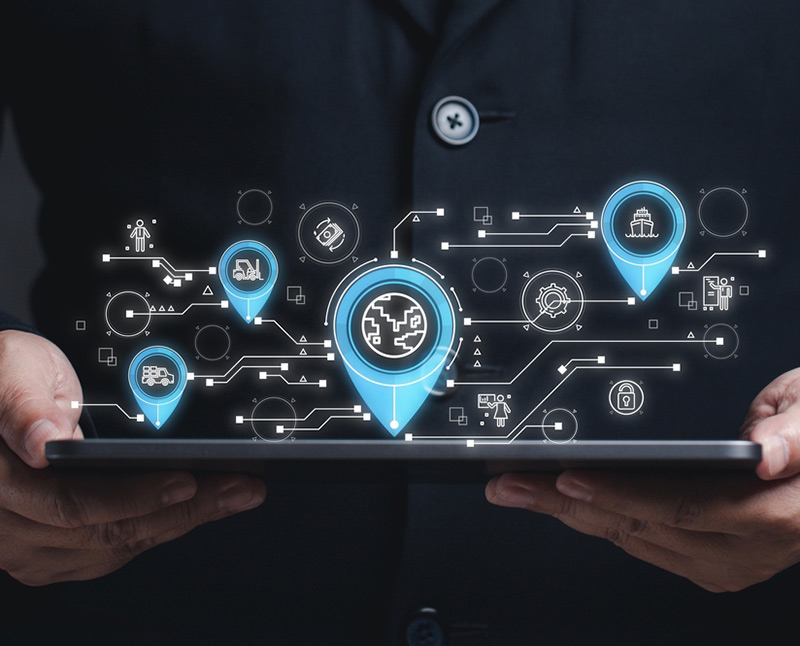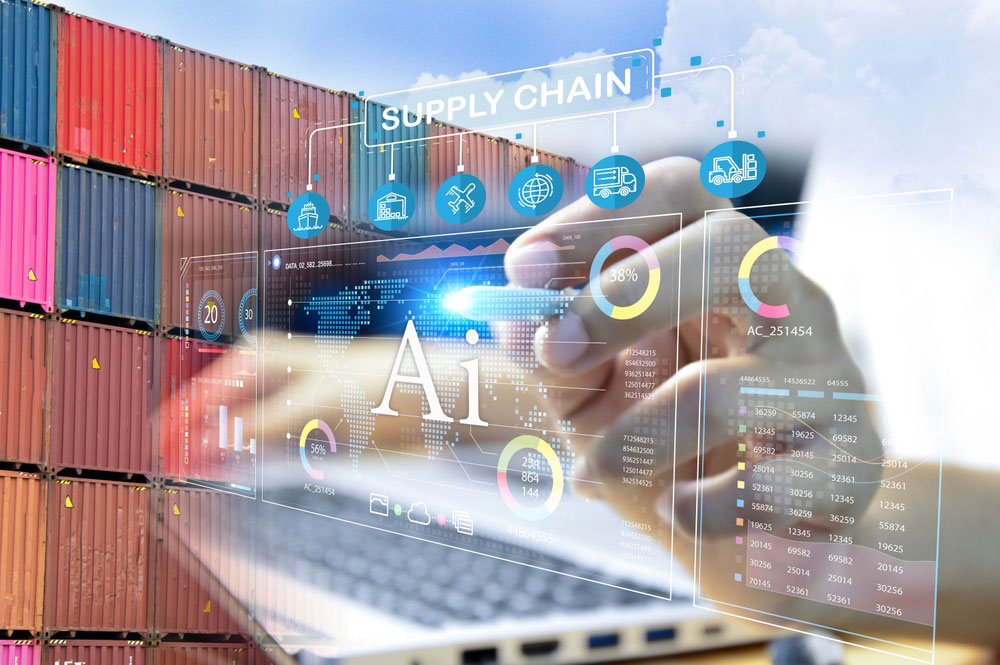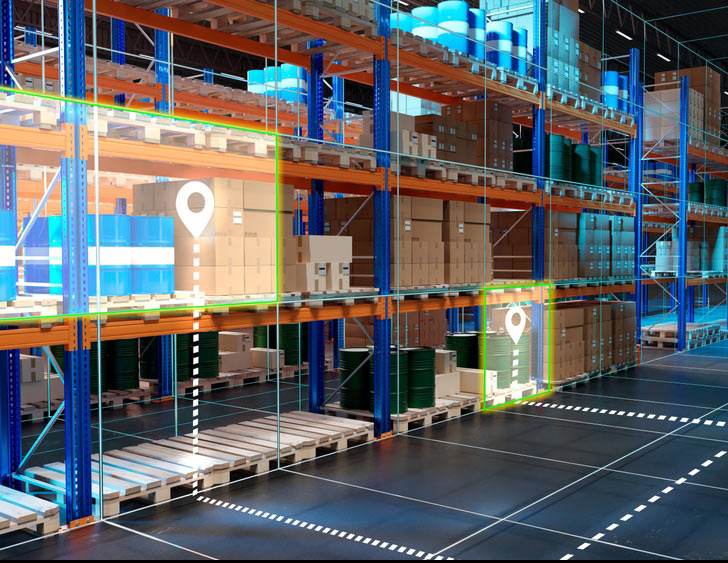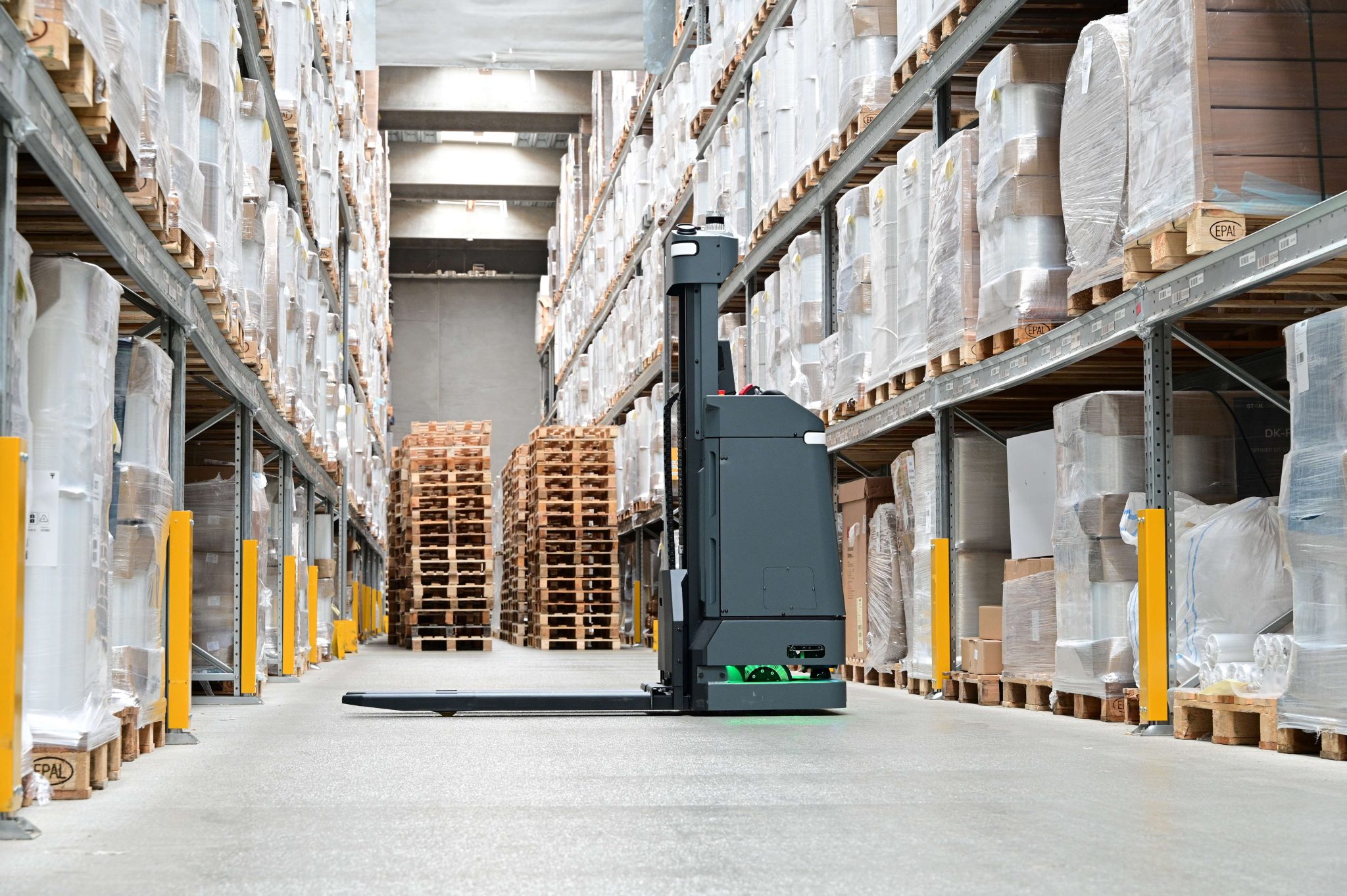News
AI in logistics and transport: Replica Sistemi's concrete projects
In the field of logistics, Replica Sistemi has launched a series of projects using Artificial Intelligence to combine capabilities to improve the performance of the SMA.I.L:) software.
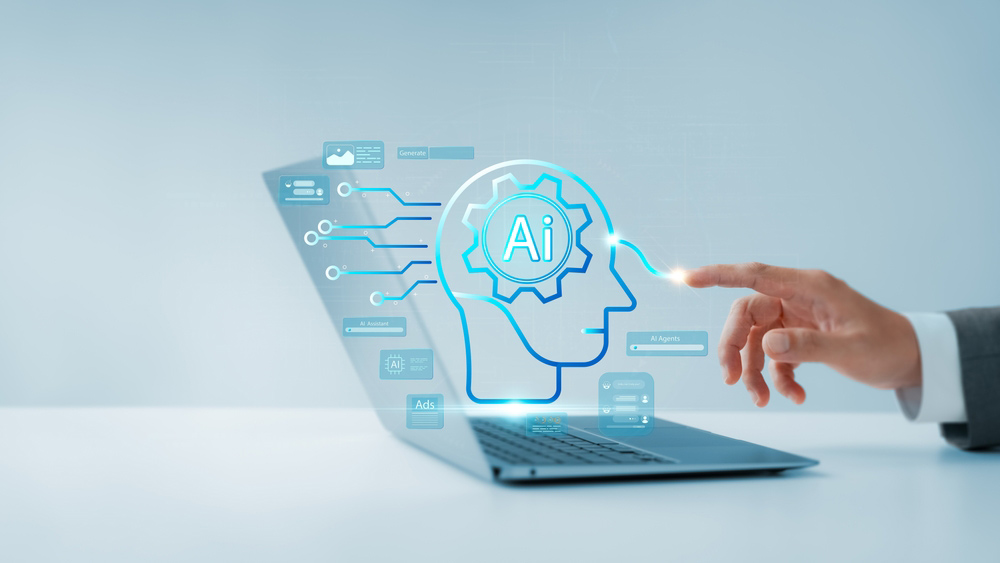
Studies by the Artificial Intelligence Observatory of the Politecnico di Milano show that the turnover of the AI market and the number of companies that have launched AI projects are also increasing in Italy.
57% of companies have already started AI processes and 25% of these are already operational.
Why is AI spreading today?
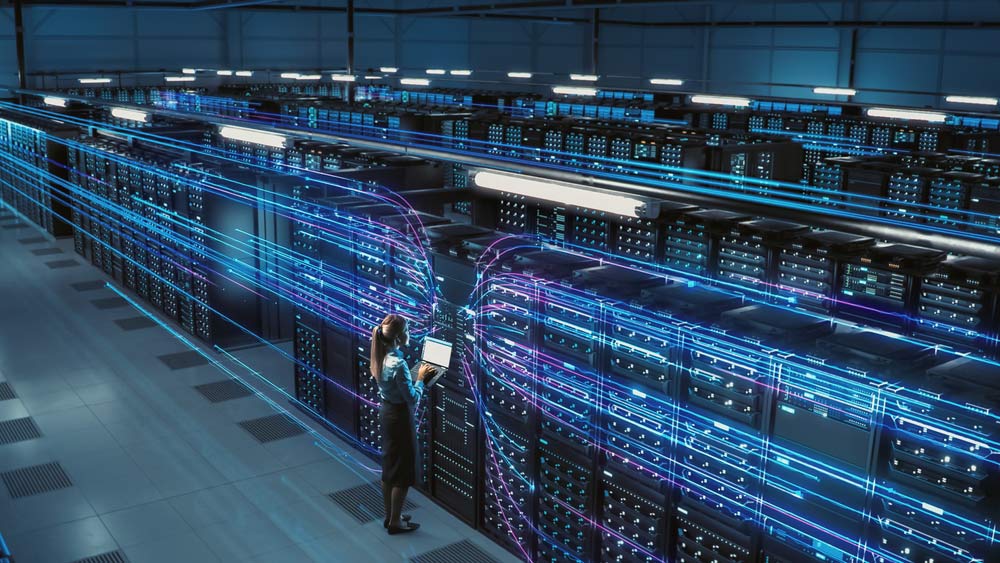
Because of favourable infrastructure and market conditions, including
- THE PROLIFERATION OF DATA CENTRES
- INCREASED COMPUTER SPEED AND CAPACITY
- DEVELOPMENT OF SUPER COMPUTERS (thanks to government investment)
The proliferation of technology is contributing to lower costs, making investment in AI much cheaper than in the past.
Let's be clear: what is AI?
According to the OCSE, an “artificial intelligence system” is any implementation model based on “a machine” capable of “deducing from the input it receives”, thanks to the implementation of sophisticated adaptive capacities endowed with different levels of autonomy, a series of processable data aimed at generating various “outputs” (such as, for example, “predictions, recommendations, content, decisions”, etc.), susceptible of influencing “physical or virtual environments”, taking into account a “set of explicit or implicit objectives” concretely pursued, depending on whether they are programmed directly by a human developer, or defined through the use of algorithmic self-learning techniques.
Artificial intelligence systems are software systems or even hardware systems that are able to
- perceive their environment
- interpret the data they collect
- transform it into information or activities
- reason and possibly make decisions
Humans take in information and learn through the five senses and process it to make decisions, so artificial intelligence also simulates human learning and uses its skills to perform the same functions.
